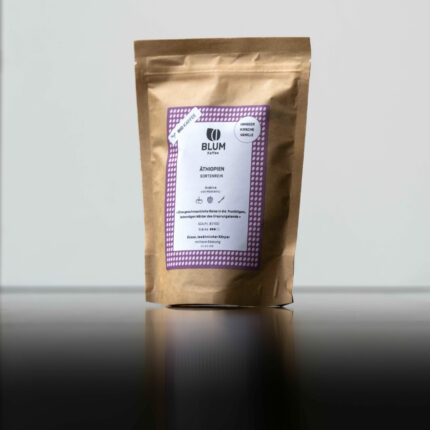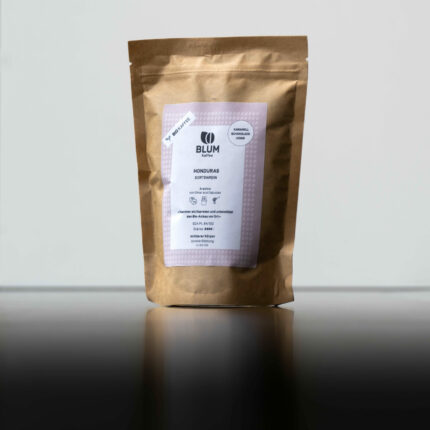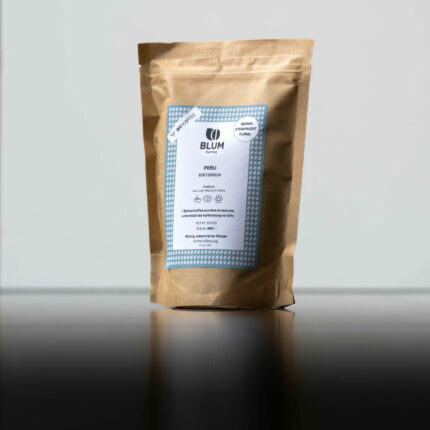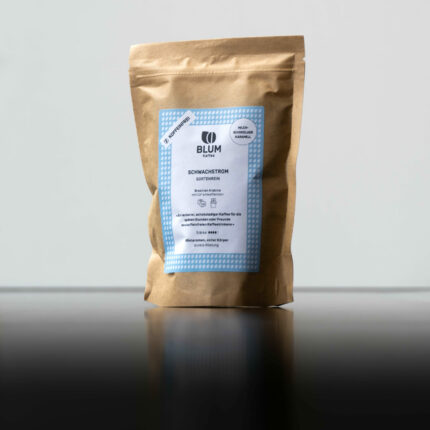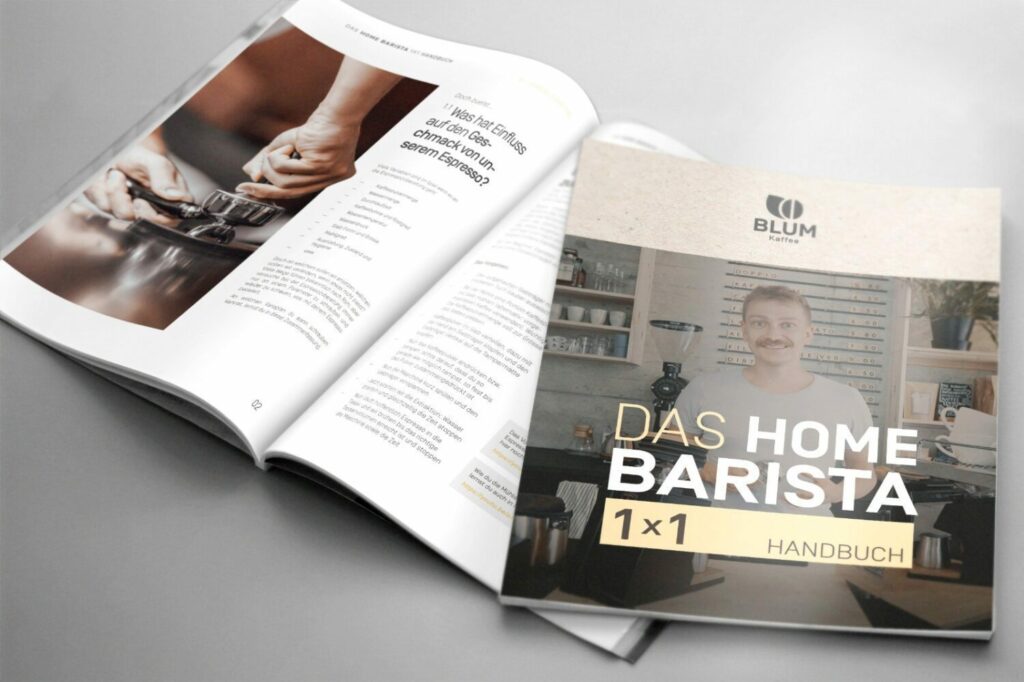Optimize Your Fully Automatic Coffee Experience
Showing all 7 results
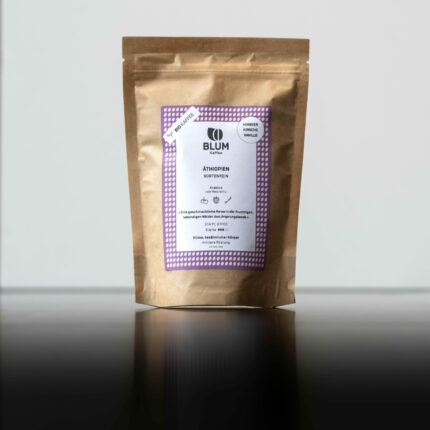
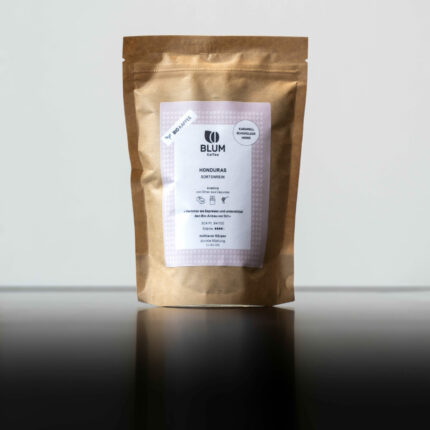

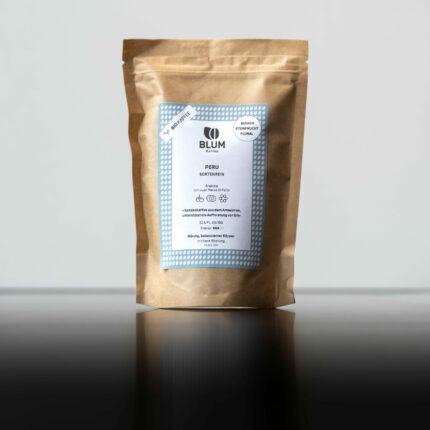
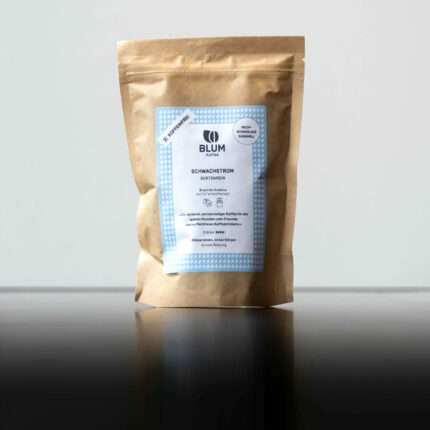
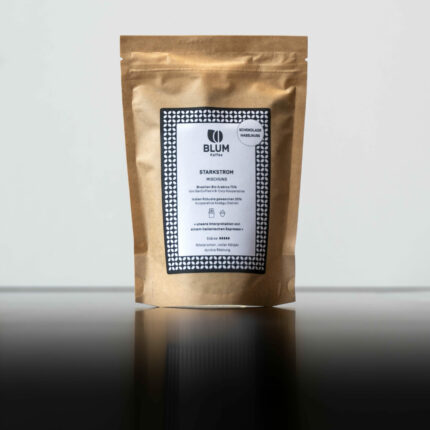
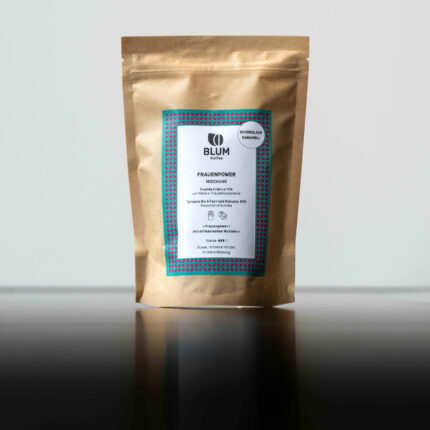
Excellent coffee from the fully automatic coffee machine?
Fully automatic coffee machines are the answer to fresh coffee enjoyment with maximum convenience. But to unfold the full aroma of coffee beans, it requires the right settings and tricks. Many fully automatic coffee machines under-extract the coffee, leading to sour or watery results. With the following tips in the video, you'll get the maximum out of your fully automatic coffee machine!
How does a fully automatic coffee machine work?
Coffee fully automatic machines are true marvels that provide you with fresh coffee with minimal effort. Here’s an overview of how they work:
- Bean container: The journey begins in the bean container where the coffee beans are stored, ready to become your favorite coffee at the touch of a button.
- Grinder: The beans are transported to the grinder and getting ground. You can adjust the grind size, determining the fineness of the coffee powder.
- Brewing unit: The ground coffee powder reaches the brewing unit, where it is compacted and prepared for coffee preparation.
- Hot water supply: Hot water is pressurized through the coffee powder. Depending on the setting, you get espresso, Café Crème, or other coffee specialties.
- Cup filling: The finished coffee flows through hoses and the spout into your cup. You can adjust the water quantity to achieve the desired strength.
- Coffee grounds: The leftover coffee grounds are automatically ejected from the brewing unit and collected in the dreg container.
- Cleaning: A clean fully automatic machine is a happy fully automatic machine. The machine can be automatically cleaned, including descaling and cleaning the brewing unit.
The functioning of a fully automatic coffee machine allows you to enjoy various coffee specialties with fresh beans with only a touch on a button. The right settings and high-quality beans are the key to perfect coffee enjoyment.
Which are the best beans for fully automatic coffee?
Various types of coffee beans are suitable for fully automatic coffee machines, depending on your personal taste and the desired drink. Here’s what you need to know:
- Espresso Roasts: Darker roasts with a Robusta blend work well for fully automatic coffee machines. They deliver a strong and intense flavor, addressing the main challenge of under-extraction in these machines. These beans are ideal for espresso and can also be used as a base for milk drinks like cappuccino and latte with a robust coffee flavor.
- Medium roasts and single-origin Arabicas: Single-origin Arabicas are suitable for balanced milk drinks and complex, berry-sweet espressos. The lighter the coffee is roasted, the fewer bitter notes/roast flavors it has, but it tends to have more acidity. To achieve a balanced result in the cup, choose a fine grind and a large amount of water with the fully automatic coffee machine.
- Freshly roasted: Regardless of the type of beans you choose, make sure they are freshly roasted. Fresh beans ensure a more intense aroma and flavor experience and are easier for your fully automatic coffee machine to extract.
It’s essential to experiment with different bean varieties to find the one that best suits your personal taste. Remember to store the beans in an airtight container to maintain their freshness and try different settings on your fully automatic coffee machine to achieve the best results.
Which grind for fully automatic coffee machines?
Fine Grind: To counteract the issue of sour, watery under-extraction in many fully automatic coffee machines, choose the finest grind possible. The extraction of espresso/coffee should take about 25-35 seconds. If the extraction is too short, grind finer or increase the coffee dose. If the extraction takes too long, grind coarser or use less coffee powder.
However, the right grind for your fully automatic coffee machine depends on various factors, such as the type of coffee specialty, your personal taste, and your machine’s settings. Here are some guidelines that can help:
- Espresso: For preparing espresso, choose a fine grind. A fine grind allows for a slower extraction, ideal for the concentration and intensity of espresso.
- Coffee: If you want to make coffee or café crème, choose a slightly coarser grind. A medium grind, along with a large amount of water, ensures a balanced extraction and a full-bodied aroma.
- Bean Variety: Note that different bean varieties may require different grinds. For example, medium and light roasts may tend to need a finer grind.
- Taste Test: The best indicator of the right grind is the taste of the prepared coffee. If the coffee tastes too sour, watery, and bland, grind finer. If the coffee tastes too bitter and intense, grind coarser. Be mindful to make small adjustments during the adjustment process, as even slight changes can have a significant impact on the taste. Depending on the fully automatic coffee machine, you can also adjust the grind fineness during the grinding process. It may take some experimentation to find the perfect grind for your individual preferences.
Why does my coffee from fully automatic coffee machine taste sour?
The following factors can lead to a sour result in the cup:
- Under-extraction – choose a finer grind or a higher dosage.
- Low Brewing Temperature – increase the brewing temperature and allow your fully automatic coffee machine enough time to heat up.
- Lightly Roasted Beans – lightly and medium-roasted coffees, as well as single-origin Arabicas, often have a complex sweetness and acidity. If you don’t enjoy this, use a dark roast with a blend of Robusta for a traditional, chocolatey result.
Why does my coffee from fully automatic coffee machine taste bitter?
The following factors can lead to a bitter result in the cup:
- Over-extraction – choose a coarser grind or a smaller dosage.
- High Brewing Temperature – reduce the brewing temperature of the fully automatic coffee machine.
- Darkly Roasted Beans – lightly and medium-roasted coffees, as well as single-origin Arabicas, often have a complex sweetness and acidity. If bitter coffee with intense roast flavors and a Robusta blend tastes too bitter for you, use single-origin Arabicas with a medium roast.


